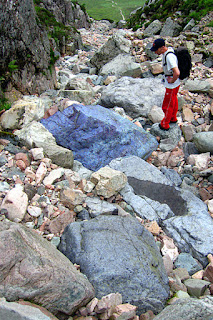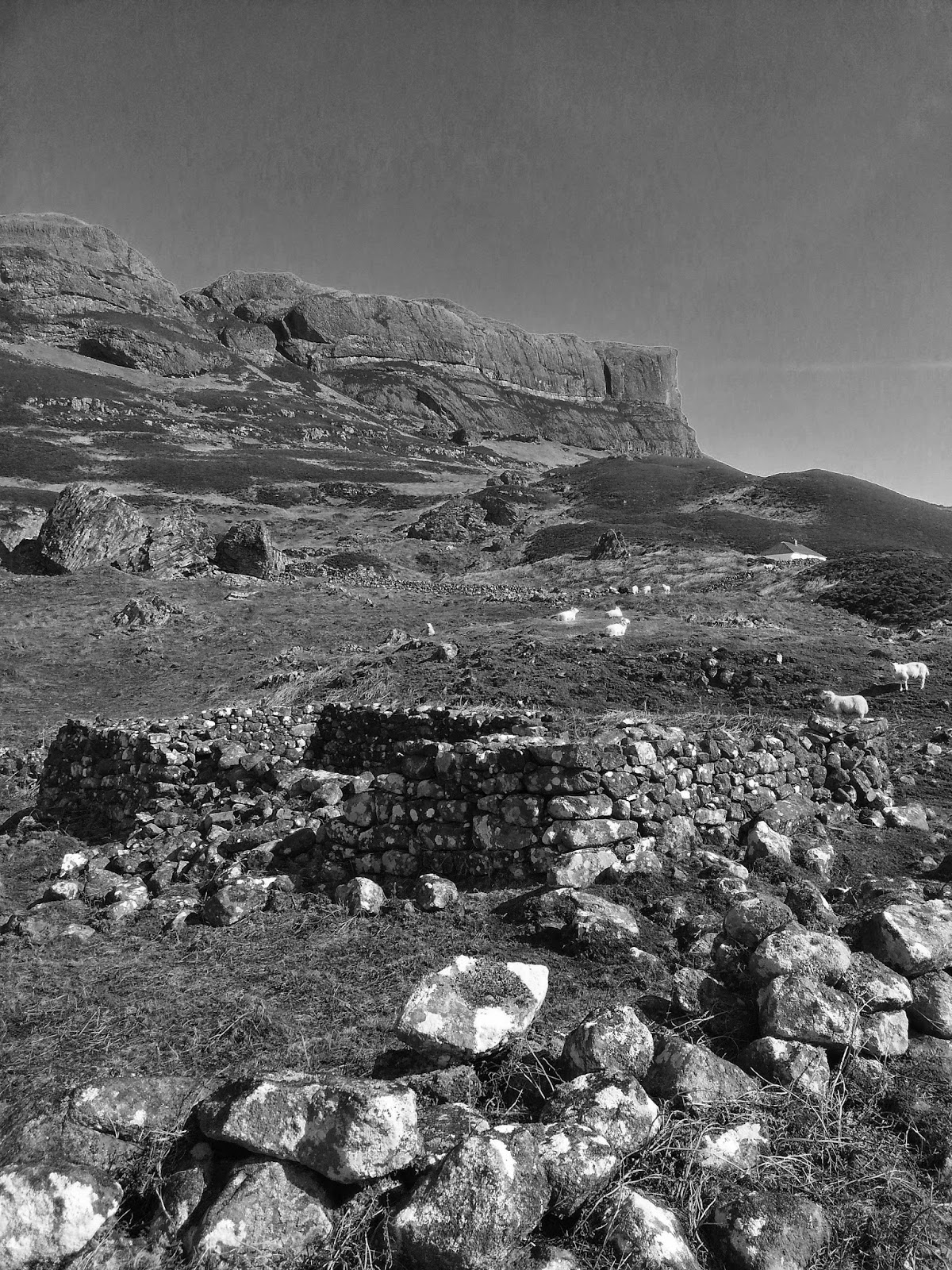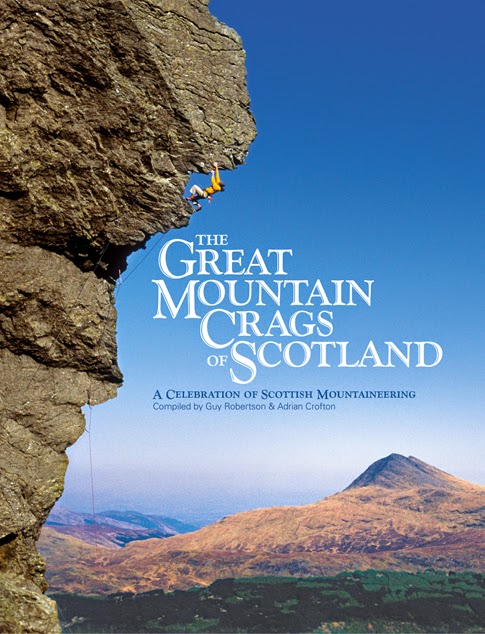Full Circle on the Munros
I still haven't bagged them all and I guess I don't feel that urge or itch - just being on the flanks of hills, in the bowels of corries, in deep lush gorges with no escape, in echoey stone shoots, or buffeted on the steep faces of rock, it doesn't matter to me where I am on the hill, I'm just happy to be out, like the stag who knows there are parts of the mountain for every season. The summit is for a peculiar kind of beast and the odd and very British fad for Munro bagging is now a kind of institutionalised fever that is as popular as ever.
So what does a climber do when it rains, or tweaks a tendon, or is just sore and old...? Go for a walk...
I would recommend getting a good Munro guide and stomping around a few, you'll enjoy it and I guarantee you'll find some new rock. I was on Aonach Beag recently and was delighted to discover a tremendous face of rock high on the hill with only a handful of routes on it and in the corrie a host of largely untouched boulders (which I pawed as a zealot would a gold idol).
So what's the best guide to fit in a glove box or pack for that lost day? I was kindly sent a new edition of the excellent and essential rucsac guide: 'The Munro Almanac', largely rewritten by Neil Wilson who publishes under the InPinn imprint though the guide still sports a foreword by Cameron McNeish (and a dayglo'd younger self on the cover). This is still an excellent pocket summary and perfect for the likes of me who prefer to bag a Munro more accidentally than on purpose. Quite amusingly, after over a 100 years and the continual minutiae of promotion and demotion, the list has come full circle to Munro's original total of 283 peaks...
A copy can be picked up for 7.99 here...support your Glasgow independent publishers!




